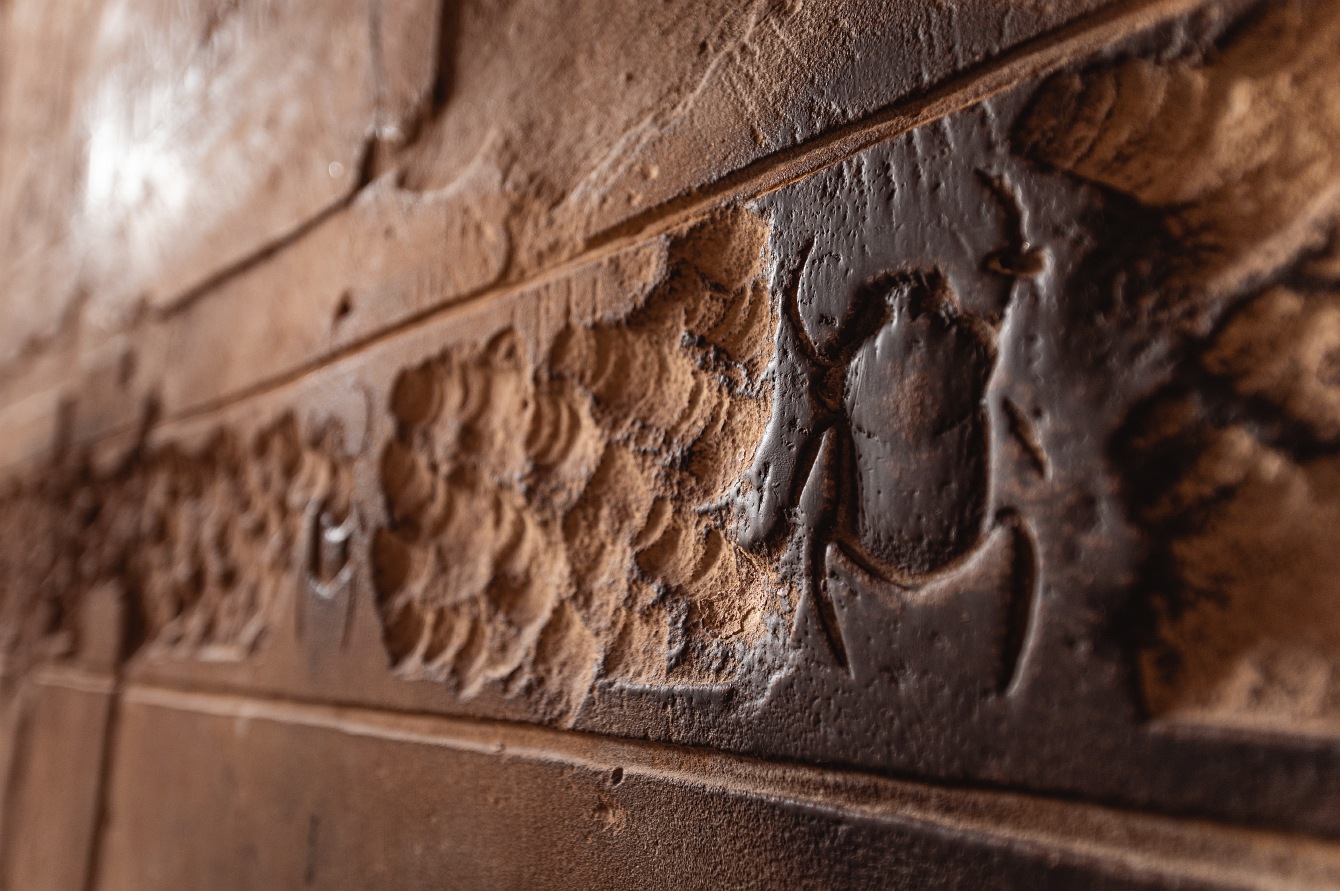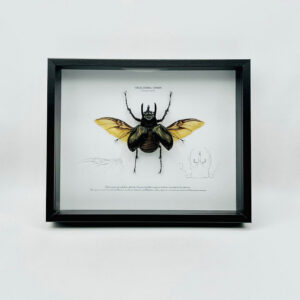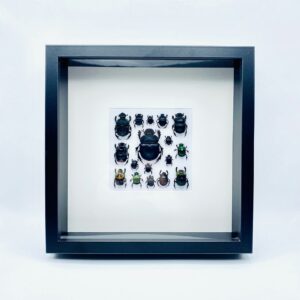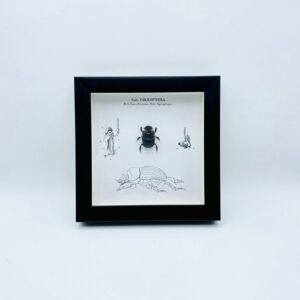Scarab beetles have a rich history in ancient Egyptian culture and religion. The beetles, known scientifically as Scarabaeus sacer, are revered for their unique behavior of rolling balls of dung across the ground to lay their eggs in, which was interpreted as a symbol of the cycle of life, death, and rebirth.
In ancient Egyptian religion, the scarab beetle was associated with the god Khepri, who was believed to represent the rising sun and creation. Scarab beetles were often depicted in art and used as amulets, symbolizing protection and good fortune. The beetles were also frequently used as seals for important documents, with the scarab beetle’s image symbolizing the owner’s power and authority.

One of the most famous scarab beetle artifacts is the Scarab of Hatshepsut, which is a large, ornate scarab beetle made of gold and decorated with precious stones. This artifact is believed to have belonged to Hatshepsut, one of the most powerful female pharaohs in ancient Egyptian history.
Scarab beetles played a significant role in ancient Egyptian funerary rituals as well. Scarab beetle amulets were often placed in tombs to ensure the deceased’s safe passage into the afterlife. The scarab beetle was also associated with the heart, and scarab beetle amulets were sometimes placed on the heart during mummification to symbolize the heart’s importance in the afterlife.
The popularity of scarab beetles in ancient Egyptian culture has led to the creation of many scarab beetle-inspired works of art, including jewelry, sculptures, and paintings. Scarab beetles continue to be popular in contemporary art and jewelry, and they remain a symbol of protection and good luck in many cultures around the world.
FAQs
Q: What is the scientific name of the scarab beetle?
A: The scientific name of the scarab beetle is Scarabaeus sacer.
Q: What was the significance of the scarab beetle in ancient Egyptian religion?
A: In ancient Egyptian religion, the scarab beetle was associated with the god Khepri and was believed to represent the cycle of life, death, and rebirth. It was also used as a symbol of protection and good fortune.
Q: What was the Scarab of Hatshepsut?
A: The Scarab of Hatshepsut was a large, ornate scarab beetle made of gold and decorated with precious stones. It is believed to have belonged to Hatshepsut, one of the most powerful female pharaohs in ancient Egyptian history.
Q: How were scarab beetles used in ancient Egyptian funerary rituals?
A: Scarab beetle amulets were often placed in tombs to ensure the deceased’s safe passage into the afterlife. The scarab beetle was also associated with the heart, and scarab beetle amulets were sometimes placed on the heart during mummification to symbolize the heart’s importance in the afterlife.





